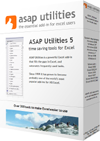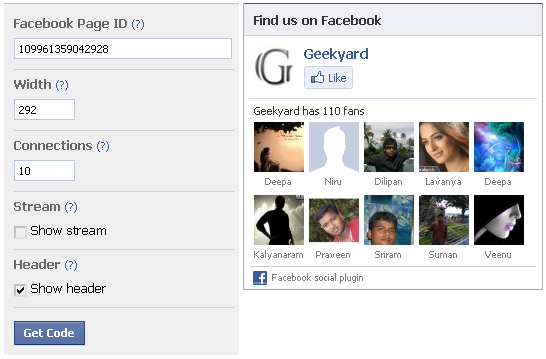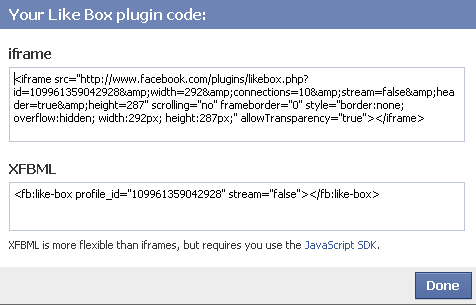Here's What You Need to Use Windows XP Professional
• PC with 300 megahertz or
higher processor clock speed recommended; 233 MHz minimum required (single or
dual processor system);* Intel Pentium/Celeron family, or AMD K6/Athlon/Duron
family, or compatible processor recommended
• 128 megabytes (MB) of RAM or
higher recommended (64 MB minimum supported; may limit performance and some
features)
• 1.5 gigabytes (GB) of
available hard disk space*
• Super VGA (800 x 600) or
higher-resolution video adapter and monitor
• CD-ROM or DVD drive
• Keyboard and Microsoft Mouse
or compatible pointing device
Start the computer from the Bootable CD of Windows XP.

1) Shall we begin?
After configuring the system for booting from a CD, the
Windows Setup screen appears. At this point, Setup is loading the driver files
it needs to continue with installation.

2) Welcome to Setup:
The "Welcome to Setup" screen appears with the
option of Continuing Setup, Repair a previous installation, Quitting. Press ENTER to Continue Setup. You may
also choose R to Repair or F3 to Quit and reboot the system.

3) Windows XP Licensing Agreement:
The "Windows XP Licensing Agreement" screen, otherwise
known as "EULA," displays the legal in's and out's of this particular
software package. You may press F8
to signify that you agree with the terms, hit ESC if you do not agree and PAGE UP or PAGE
DOWN to scroll through each screen. Note: If you do not agree to the
terms, setup will quit and reboot the system.
 |
4) Insert the previous
version
As this is an Upgrade, a previous qualifying product
is required to be inserted in the CD drive to continue. Even though Microsoft
states that "Windows 95" cannot be upgraded to XP Home, the CD is
good enough for a clean install. At this point, the options include pressing ENTER to Continue or F3 to Quit and reboot the system.
 |
5) Hard drive partition information:
Hard drive partition information is now displayed. This
varies with each systems hardware configuration. This example already has a
partition defined. I will choose not to use this and create a new one by
pressing D. You may skip
this and the next few steps if you do not have any partitions defined. At this
point, the options include pressing ENTER
to Install on the selected partition, D
to Delete the selected partition, or F3
to Quit and reboot the system.

6) Warning screen:
After pressing D
to delete the selected partition, a warning screen appears explaining the
pitfalls of deleting it. This particular screen only appears when the partition
selected to be deleted is formatted as a bootable system partition. Other
partitions will display the next screen. I want this to happen, so I press ENTER to continue. The options
include pressing ENTER to
continue, or ESC to Cancel.
 |
7) Confirmation screen:
A confirmation screen that displays the logical drive, what
file system the partition is currently using, the size in MB and controller
information. Options include L
to Delete the partition and ESC
to Cancel the action.

8) No partitions have been previously defined:
If no partitions have been previously defined, this screen
will be displayed. You may section your hard drive in as many partitions as you
wish by selecting C to
Create a Partition and then entering in a value less then the total available.
Here, I will Create a Partition in the highlighted, unused portion. Select the
partition you wish to install to using the UP
arrow and DOWN ARROW
keys. Press ENTER to use
the highlighted partition and Install, C
to Create a Partition, or F3
to Quit and reboot the system.
 |
9) Enter in the partition size:
Enter in the partition size in MB within the displayed
minimum and maximum. I chose the default or maximum available here. You may
choose ENTER to Create the
new partition or ESC to
Cancel the action.
 |
10) Continue to create partitions:
Continue to create partitions until all space is used or the
configuration meets your requirements. Note: a small portion will be
unavailable to partition. This is normal. In this example, it is 2 MB. I chose
drive C: or Partition1 to install the Operating System You may choose ENTER to Install to the selected partition,
D to Delete the highlighted
Partition, or F3 to Quit
and reboot the system.
 |
11) Format the partition:
Since this OS supports NTFS, format the partition with it.
If you do not, many folder and file security features will be unavailable.
Note: If you are dual booting your system, a previous OS will not be able to
read the local information. This is a fact with Windows 9x and Me. If you have
a requirement to view this partition from another OS installed on the system,
do not format it as NTFS. Also, the boot partition must be formatted with FAT32
if you wish to dual boot. I have found no problems accessing a NTFS partition
mapped as a network drive from an older OS. Select what format you wish to use
by pressing the UP ARROW
and DOWN ARROW keys. Press ENTER to confirm your selection and
Continue or ESC to Cancel

12) Setup formats the partition:
Watch the progress bar as Setup formats the partition, or
get up and get a soda. It may take awhile.

13) Creating File List:
Setup is now figuring out what files to copy over to the
hard drive.
 |
14) Setup copies various
files:
After the partition is finished formatting, Setup copies
various files to support booting from the hard drive and continue on.
 |
15) Creates various
information files:
Setup then creates various information files required to
continue on with setup.
 |
16) Press ENTER to Restart:
The first reboot and the end of the blue background has
arrived. If you are impatient, press ENTER
to Restart before the 15 seconds expire. ENTER
to Restart the Computer is the only option available.

17) Windows XP boot screen:
The new Windows XP boot screen is displayed. Now you need to
boot from hard disk drive not from your cd as we have done previously.

18) Windows XP Installation:
If you have installed Windows
before, this type of screen will look familiar.
Sit back. It may be awhile.
 |
19) Faster and more reliable:
Every Windows OS that comes out has the same claim. Faster
and better. It is subject to debate whether or not it could get "any
worse."
 |
20) Region and Input Languages:
A little while later, you will be prompted with options
of configuring your Region and Input Languages. The default was fine for me, so
I selected Next.
Options include Customize button, Details
Button, plus the standard Back and Next.

21) Enter in your Name:
Enter in your Name and optional Organization information,
and then select the Next button.

22) 25 digit Product Key:
Thought you could get away from it? Think again Enter your
unique 25 digit Product Key that came with your CD, then select the Next
button.
 |
23) Enter a Computer name:
The "suggested" name for the computer is always
really whacked out. Choose one that meets your needs.

24) Date, Time and Time Zone:
Configure the proper information for the Date, Time and Time
Zone here.
 |
25) Network Settings Dialog:
The Network Settings Dialog is next. Under usual
circumstances, the Typical settings are fine. Choose your method and
select the Next button
 |
26) Display Settings Pop-up:
Windows XP no longer likes the "default" resolution of 640 x 480 and prompts you of that fact. Select OK to continue.
Windows XP no longer likes the "default" resolution of 640 x 480 and prompts you of that fact. Select OK to continue.
 |
27) Please wait:
800 x 600 is a wonderful thing; however, I chose to have it
time out and return to 640 x 480 for this guide.
 |
28) The Welcome Screen:
The "Welcome Screen" will now appear while
Windows XP Hod in the background.

29) Display Settings Pop-up:
A balloon dialog appears

30) Windows XP tour: Click the balloon dialog to start a tour of Windows XP. Even if you do not wish to see the information, you should click on the balloon to get rid of the annoyance in a timely fashion.

 1) Windows XP Tour dialog: Windows
XP Tour dialog popup is shown. Select the Cancel button to never see it
again.
1) Windows XP Tour dialog: Windows
XP Tour dialog popup is shown. Select the Cancel button to never see it
again.
32) Activate:
A little reminder also appears in the task bar about
activating.
 |
33) That is all!
That's all there is to it! I hope this guide helped you out
or gave you a sneak peek at what is to come. More information about Windows XP is
located HERE
 |
Read More »























